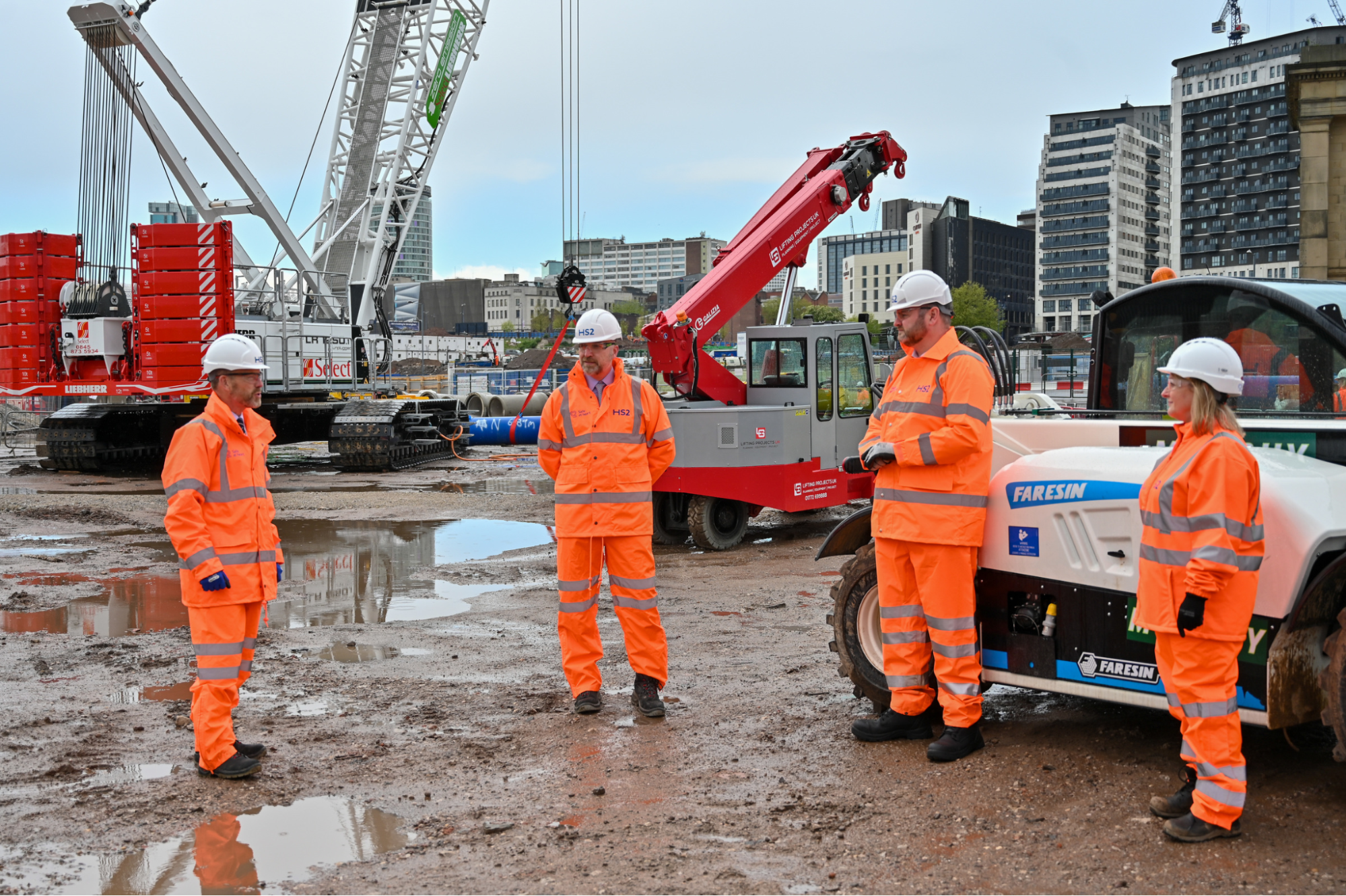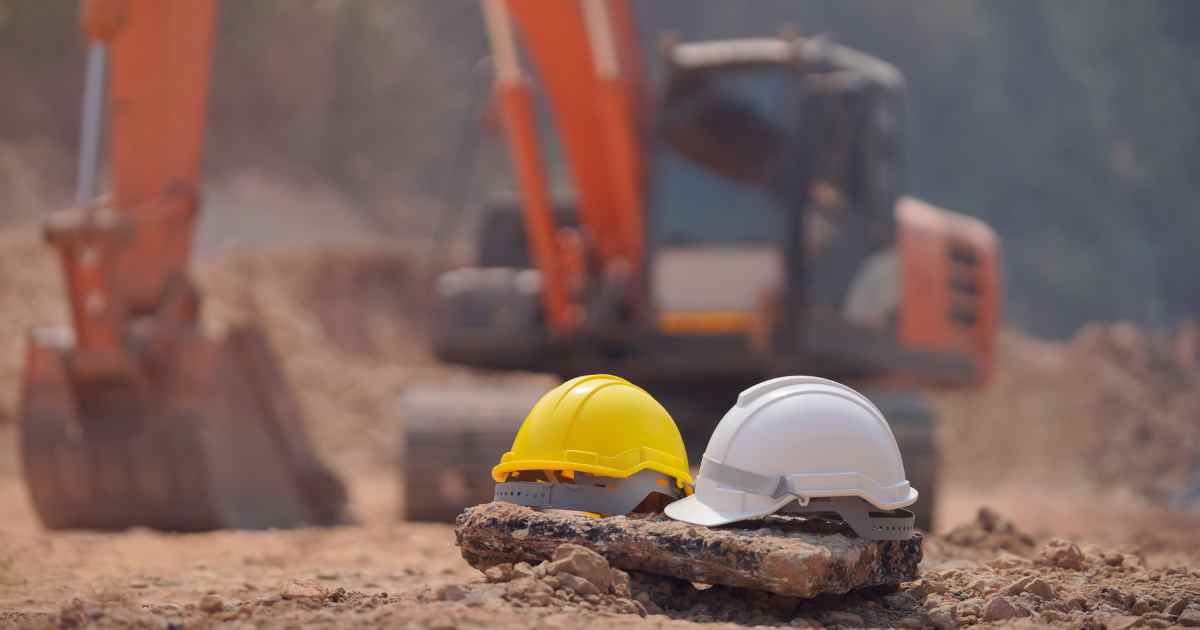
Top Industries
Quick Links
Subscribe Now
Join Thousands of Industry Leaders!
Copyright © 2025 Companies in UAE. All rights reserved.
May 13, 2025
companies.uae

At the center of building projects, specifically in dynamic and rapid areas like Dubai, are lifting operations Rising skyscrapers, high-rise structures, and large-scale infrastructure projects all point to lifting operations as essential component of the development process. On building sites, these procedures lift, move, and put materials, tools, or structural components utilizing heavy-duty equipment.
Ensuring effective and safe lifting operations is first concern for Dubai’s construction firms. This paper explores the importance of lifting operations, the tools utilized, the safety procedures followed by Dubai’s construction businesses to guarantee the seamless execution of lifting activities.
Lifting operations in construction are the method of transporting and raising heavy objects on building sites. These loads can call for steel beams, concrete slabs, machinery, even whole prefabricated buildings. These activities’ main objectives are to effectively, safely, and without damage to goods or worker injury transport these loads.
Lifting procedures carry major hazards like worker injury, equipment breakdown, or accident probability. Strict safety regulations so exist to guarantee that lifting operations are carried out as safely as feasible.
Lifting activities have to follow UAE government-established municipal and federal rules. These rules define how lifting tools should be kept, run, and checked. They also control the operators’ credentials and demand frequent safety audits on building sites to find any possible problems before they materialize.
In order to be certified, crane and other lifting operators in the city must complete extensive training This ensures that operators of this heavy machinery are informed on operational policies, safety precautions, and emergency reaction systems. A qualified operator who provides safe and efficient transportation of loads will help to prevent accidents during lifting operations.
Regular inspections and maintenance checks on all lifting equipment are absolutely vital to guarantee their continued good running order. This covers confirming the structural integrity of winches, hoists, and cranes and replacing any deteriorated parts. Well-maintained equipment reduces the risk of mishaps by less likely failing during important lifting operations.
Every lifting project depends on a thorough lifting plan. This proposal describes the whole operation, together with the kinds of tools required, the weight of the load, the on-site conditions, and the safety precautions to be taken. A well-documented lifting plan lowers the possibility of unanticipated problems and facilitates better operations.
Best Practices for Lifting Operations
Dubai’s building businesses follow a set of best standards to guarantee effective and safe lifting operations. Commonly used on building sites, these are some fundamental techniques:
Before any lifting commences, correct load calculations must be completed. This helps one decide which tools to use for a certain work. Ensuring that the machinery can properly manage the operation depends on knowing the weight of the load since overloaded crane or hoist could result in equipment malfunction and mishaps.
During lifting activities, direct interaction between the person in charge and the ground staff is absolutely vital. On many locations, employees will utilize hand signals or radios to let one another know whether the lifting process proceeds safely and without problems. When the crane operator lacks direct line of sight to the load being moved, this becomes particularly crucial.
Should the weather be unfavorable, lifting operations ought to be postponed or modified. Extreme heat, rain, or strong gusts could all raise the likelihood of mishaps. Dubai’s construction companies keep a watchful eye on the weather and make required changes to lifting plans to preserve safety.
Safety elements include load limiters, anti-collision systems, and overload sensors abound on modern cranes and lifting tools. These characteristics guarantee that equipment runs within reasonable limits, therefore lowering the chance of overloading or accident occurrence.
Safety of the operation depends on the lifting equipment being positioned correctly. Hoists and cranes have to be positioned on level, firm ground and have a clear path for weight lifting. Before starting a lift, operators should always be sure the equipment is steady and correctly fastened.
Although lifting activities are crucial for building projects, they also present particular difficulties. Among the typical difficulties Dubai’s building firms experience are:
Particularly in cities, building sites sometimes have limited space. This can make it challenging to put goods precisely and operate big lifting machinery. Many times, construction firms have to find creative ways to get above space limitations.
Particularly in some building projects requiring significant prefabricated components, lifting operations can get somewhat complicated. To guarantee proper and safe placement of items, these lifts may call for exact coordination and the use of specialist equipment.
Effective cooperation among the construction crew, crane operators, and lifting team determines the success of lifting activities. Lack of communication or misinterpretation may lead to mistakes, delays, or maybe major harm.
Especially with the expansion of towers and large-scale infrastructure projects, lifting operations in Dubai’s construction companies are very vital for the development process. Correct tools, knowledgeable workers, and following safety policies will enable lifting operations considerably boost output and create a safe workplace. Construction companies in Dubai can keep shining in their lifting operations and uphold a high degree of construction quality by adhering to best standards and keeping current with the most recent technology developments.
Discover the value of lifting operations in construction companies in Dubai. Discover necessary lifting tools, safety guidelines, best practices, and main rules for effective building projects.

Join Thousands of Industry Leaders!
Copyright © 2025 Companies in UAE. All rights reserved.